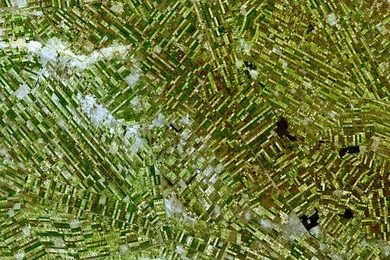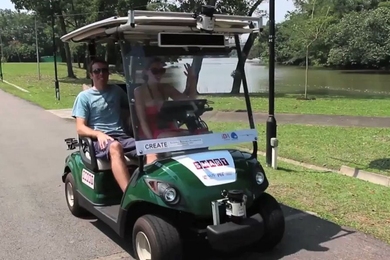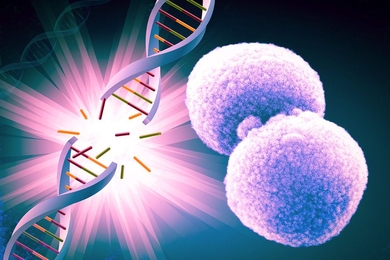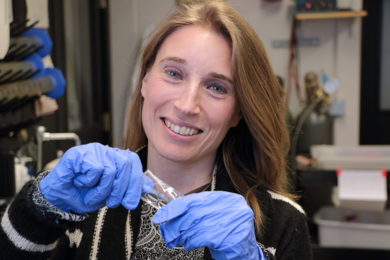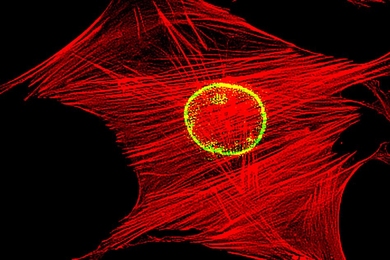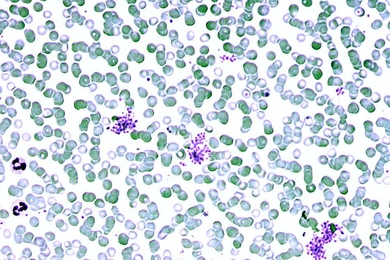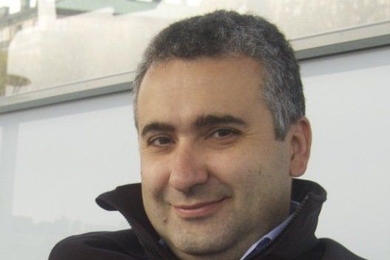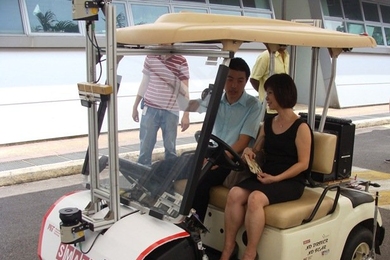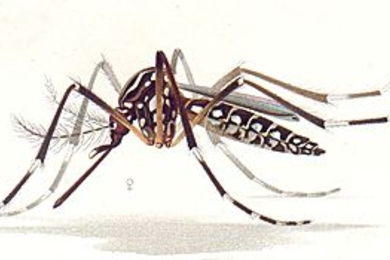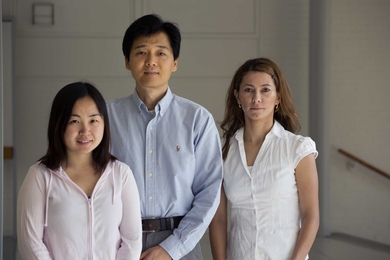Singapore-MIT Alliance for Research and Technology (SMART)
SMART electronics research
Eugene Fitzgerald pursues new models for innovation in electronics as part of the Singapore-MIT Alliance for Research and Technology.
Fertilize the ocean, cool the planet?
MIT researchers find unintended consequences of an idea to stimulate ocean phytoplankton growth in order to geoengineer a cooler atmosphere.
Quantifying the impacts of large-scale irrigation on rainfall
A new study describes how irrigation development modifies local and regional climate.
Self-driving golf carts
Autonomous vehicles share sidewalk space with pedestrians in six-day trial in Singaporean public garden.
Pneumonia found to harm DNA in lung cells
Hydrogen peroxide produced by some bacteria causes DNA double-strand breaks, cell suicide.
MIT research showcased at Singapore’s first tech carnival
Robotic stingrays, driverless golf carts, and a cancer-detection device were on display.
Faculty highlight: Krystyn Van Vliet
MIT associate professor brings a materials scientist's understanding to biochemical behavior in stem cells and organ tissue.
Finding a needle in a haystack
New technique allows scientists to identify populations of rare stem cells in bone marrow.
A new way to diagnose malaria
Using magnetic fields, technique can detect parasite’s waste products in infected blood cells.
Forbes magazine highlights SMART research on robotaxis
Professor Emilio Frazzoli co-authors paper on automated mobility-on-demand systems in Singapore
SMART Driverless golf cart provides a glimpse into a future of autonomous vehicles
Fleet of self-driving cars could solve the “first-and last-mile" problem.
New view of dengue fever
Mice with human immune cells help researchers discover how the mosquito-borne virus depletes blood platelets.
New algorithm finds best routes for one-way car sharing
The most efficient car-sharing, researchers find, also includes shuttle services.
Protein impedes microcirculation of malaria-infected red blood cells
MIT-led research team finds that protein significantly reduces infected cells’ ability to squeeze through tiny channels compared to healthy cells.



